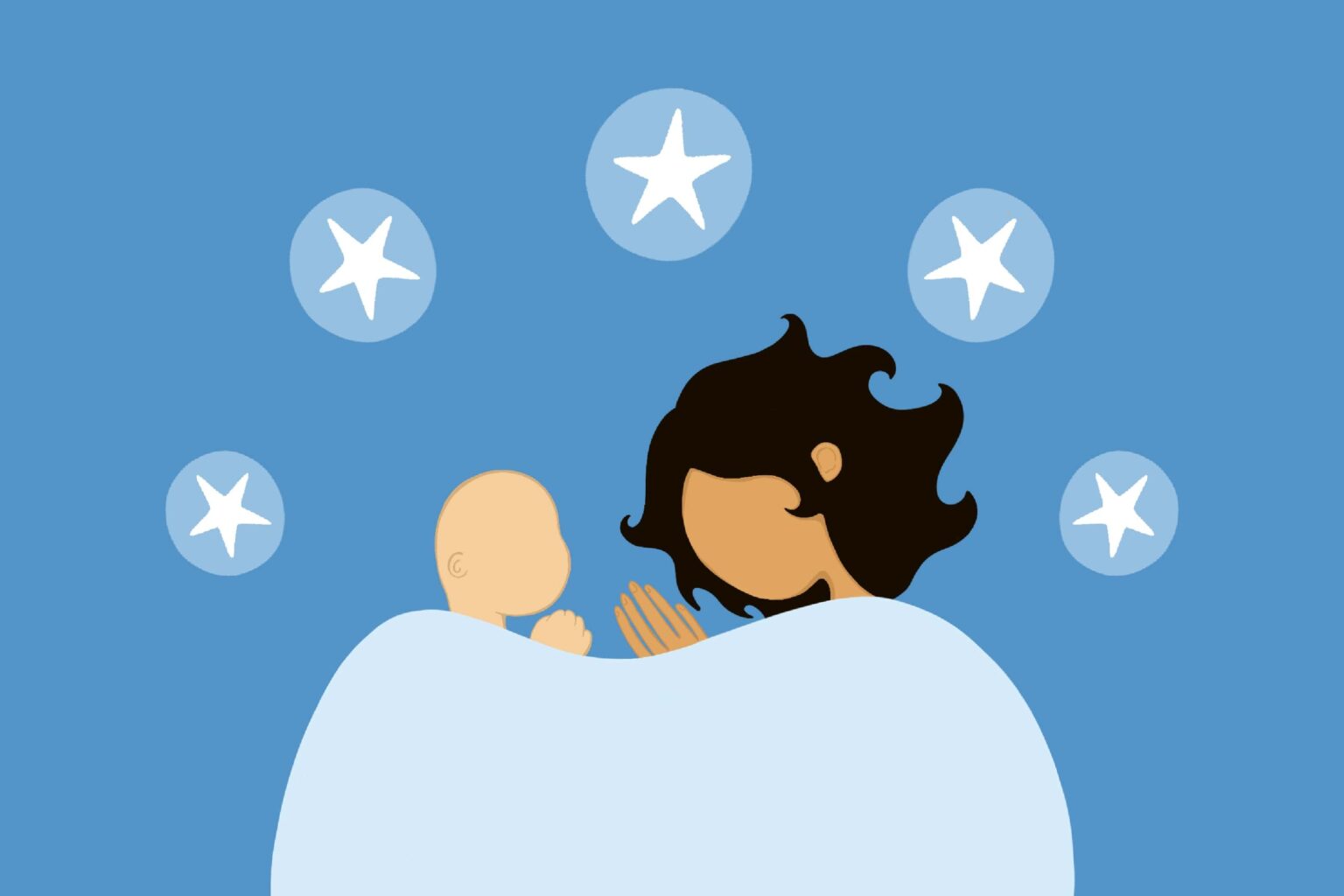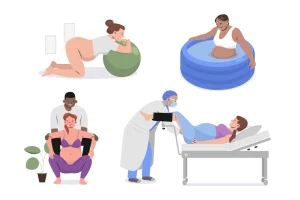Is Co-sleeping Safe?

Your baby is a cute and cuddly bundle of joy—it’s understandable that you want to keep him or her as close to you as possible. However, co-sleeping or bed-sharing with baby and parents has come under fire because it is linked with an increased risk for sudden infant death syndrome or SIDS.
A 2013 study published in the British Medical Journal found bed-sharing increased a child’s risk of dying from SIDS by as much as five times. This is true even when parents do not engage in negative behaviors commonly associated with SIDS, including smoking, drinking, or using illegal drugs. In 2016, the Academy of Pediatrics firmly closed the door on co-sleeping in its updated recommendations for SIDS prevention, saying that co-sleeping definitely raised the risk of SIDS.
Support for co-sleeping
Despite the relatively unified expert opinion against it, co-sleeping is not without its supporters. Co-sleeping advocates believe that babies obtain reassurance and comfort from being in close proximity with their parent or parents. Also, parents could theoretically get more sleep from co-sleeping because they are closer to the baby and can more conveniently breastfeed him or her at night.
Many people who advocate for co-sleeping point out it is a practice that has been used across generations and cultures for a long time. While this may be true, significantly more research has come to light and should be considered.
Advocates for bed separation
A number of organizations have issued statements on safety concerns for parents engaging in co-sleeping. Examples include:
The U.S. Consumer Product Safety Commission advocates babies have their own bed.
The American Academy of Pediatrics has a “Back to Sleep” campaign that recommends room-sharing as an alternative to bed-sharing. Ideally, babies room-share for the first year of life, but do not sleep in the same bed as caregivers.
The March of Dimes says the safest place for a baby to sleep is in his or her bassinet or crib.
The National Institute of Child Health and Human Development says a baby should be placed on his or her back to sleep to avoid risk for SIDS.
These recommendations come from statistics showing that half of all SIDS-related deaths are related to co-sleeping, according to the March of Dimes. Babies can become smothered by a pillow, blanket, a parent or they can fall off the bed, become trapped in between the bed and wall, in the bed frame, or in the footboard.
New parents are traditionally very tired, making them harder to awaken should a baby be experiencing a harmful event. While parents may have the best intentions through co-sleeping, they may not be able to protect their baby while they’re sleep deprived.
Baby sleep recommendations
In a perfect world, babies should be placed on their backs to sleep. This is associated with a better position for keeping baby’s airway clear. The crib should be free from crib bumpers, blankets, toys, or anything that a baby could potentially choke on, be suffocated by, or become wedged under. Babies should never be placed on a soft mattress or waterbed to sleep.
The American Academy of Pediatrics says that having your baby sleep in the same room between 6 and 12 months of age—but not in the same bed—actually reduces the risk for SIDS. You can keep a bassinet or crib in your room. If you choose to use a baby sleep surface that actually attaches to the bed, ensure it is properly fitted and that there is no possibility you could roll over the attachment.
Sources:
- British Medical Journal
- Bed Sharing When Parents Do Not Smoke
- Is There A Risk of SIDS?
Fox News - Co-sleeping and Bed-Sharing: Is It a Good Idea?
KidsHealth - Co-sleeping and Your Baby.
March of Dimes - Co-sleeping.
National Institute of Child Health and Human Development - Frequently Asked Questions About SIDS and Safe Sleep.
University of Notre Dame - Safe Co-sleeping Guidelines.
Powered by Bundoo®
___
Nabta is reshaping women’s healthcare. We support women with their personal health journeys, from everyday wellbeing to the uniquely female experiences of fertility, pregnancy, and menopause. You can track your menstrual cycle and get personalised support by using the Nabta app.
Get in touch if you have any questions about this article or any aspect of women’s health. We’re here for you.










